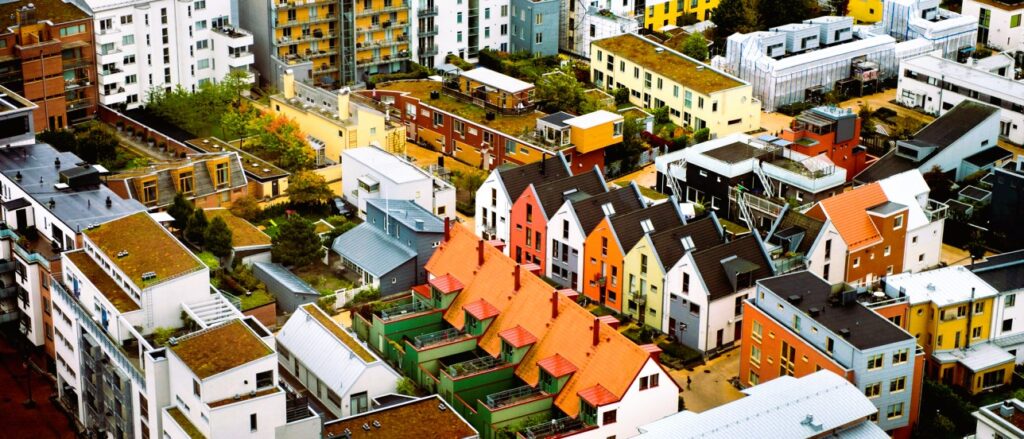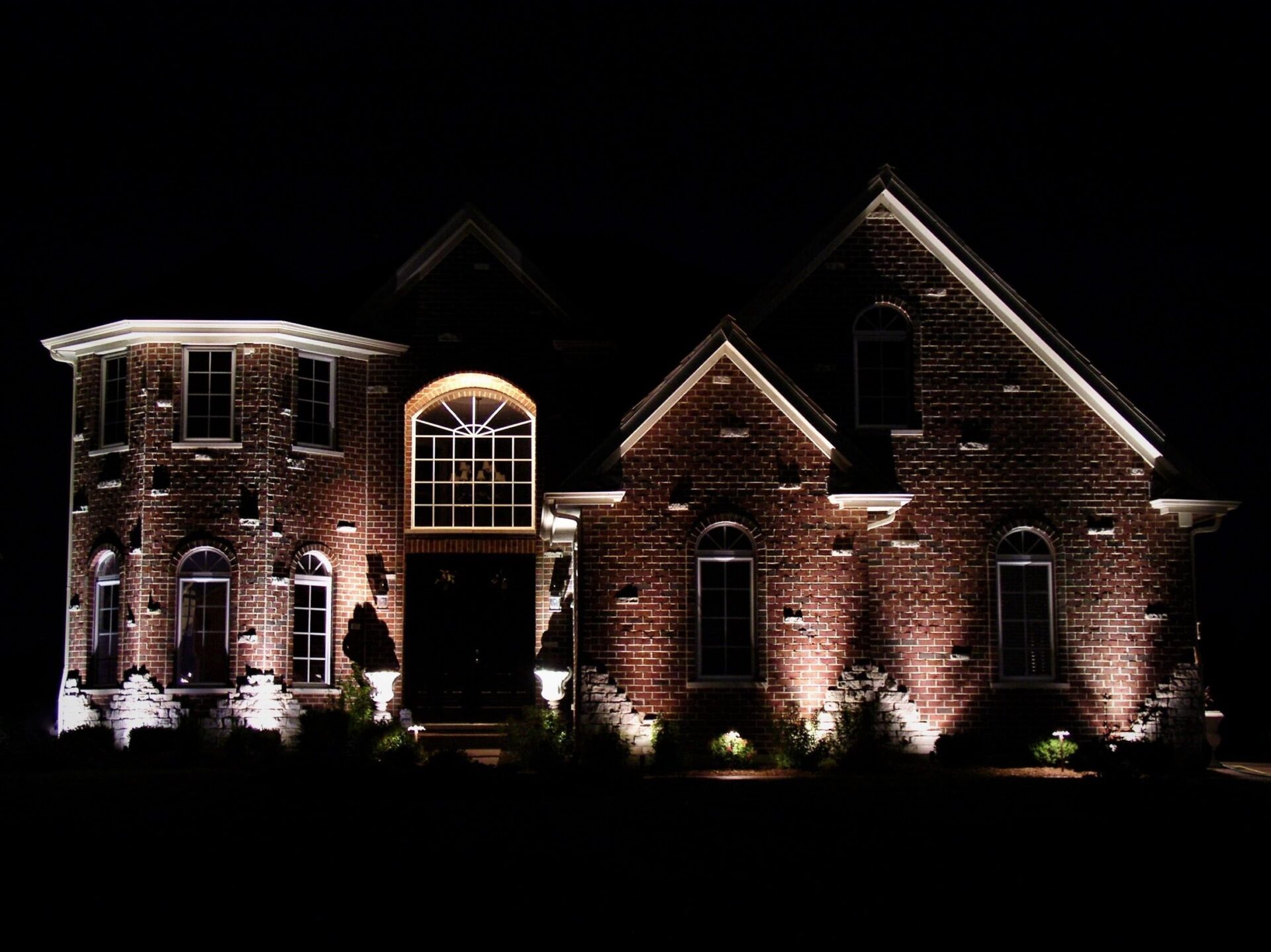As the world increasingly focuses on sustainability and reducing carbon footprints, the construction industry plays a crucial role in adopting energy-efficient practices. In Canada, where extreme temperatures are common, energy-efficient windows are becoming a key component of sustainable building design. These windows not only contribute to reducing energy consumption and greenhouse gas emissions but also provide numerous benefits such as improved comfort, increased natural light, and potential cost savings. In this article, we will explore the future of sustainable building in Canada and the role that energy-efficient windows play in this evolution.
The Importance of Energy Efficiency in Buildings:
Buildings are responsible for a significant portion of energy consumption and greenhouse gas emissions. In Canada, where heating and cooling demands are high, improving energy efficiency in buildings is paramount. Energy-efficient windows are designed to minimize heat transfer, which helps maintain comfortable indoor temperatures while reducing the reliance on heating and cooling systems. By reducing energy consumption, buildings can lower their environmental impact and contribute to a more sustainable future.

Understanding Energy-Efficient Windows:
Energy-efficient windows are engineered to minimize heat loss during winter and heat gain during summer, ensuring optimal thermal performance throughout the year. They achieve this through several key features:
- Low-E Coatings: Low-emissivity (Low-E) coatings are thin layers applied to the glass surface. They help to reflect infrared heat while allowing visible light to pass through, thereby reducing heat transfer. Low-E coatings can be customized based on climate conditions, allowing windows to optimize energy performance in specific regions of Canada.
- Multiple Panes and Gas Fills: Energy-efficient windows often feature multiple panes of glass with insulating gas fills in between. Double or triple-glazed windows with gas fills, such as argon or krypton, create a barrier that reduces heat transfer and improves insulation. Like the article? Read about investment strategies.
- Insulating Frames: Window frames also contribute to energy efficiency. Materials such as vinyl, fiberglass, or wood composite frames offer better insulation properties compared to traditional aluminum frames, minimizing heat loss and condensation.
- Air Tightness: Proper installation and weatherstripping are crucial for energy-efficient windows. They help to prevent drafts and air leakage, ensuring that conditioned air remains inside the building and reducing the load on heating and cooling systems.
Benefits of Energy-Efficient Windows:
Investing in energy-efficient windows offers numerous benefits for homeowners, building occupants, and the environment:
- Reduced Energy Consumption: Energy-efficient windows significantly reduce the need for artificial heating and cooling, resulting in lower energy bills and decreased reliance on fossil fuels. Homeowners can enjoy substantial cost savings over time.
- Enhanced Comfort: Energy-efficient windows help maintain more consistent indoor temperatures, eliminating cold drafts and hot spots. They also reduce condensation, which can lead to mold and moisture-related issues.
- Increased Natural Light: Energy-efficient windows are designed to maximize the entry of natural light while minimizing heat gain. This not only enhances the aesthetics of a space but also positively impacts occupant well-being and productivity.
- Noise Reduction: Energy-efficient windows with multiple panes and gas fills also provide effective noise insulation, reducing external noise pollution and creating a quieter living or working environment.
- Improved Property Value: Energy-efficient features are increasingly sought after by homebuyers. Installing energy-efficient windows can enhance the value and marketability of a property, making it more attractive in a competitive real estate market.
Government Incentives and Regulations:
To encourage sustainable building practices, the Canadian government has implemented various incentives and regulations. For example, the federal government offers grants and rebates for energy-efficient upgrades, including window replacements. Additionally, many provinces have their own programs and initiatives aimed at promoting energy efficiency in buildings. It’s essential for homeowners and builders to stay informed about these incentives to take advantage of cost-saving opportunities.
The Future of Energy-Efficient Windows:
As technology advances and sustainability becomes an even greater priority, the future of energy-efficient windows in Canada looks promising. Some emerging trends include:

- Smart Windows: Smart window technologies allow windows to adapt to changing environmental conditions. These windows can self-adjust their tint or opacity based on sunlight intensity or user preferences, maximizing energy efficiency and occupant comfort.
- Integration with Building Automation Systems: Energy-efficient windows can be integrated into building automation systems, allowing for centralized control and optimization of energy consumption. This integration enables better management of lighting, heating, and cooling systems based on real-time data from the windows.
- Advancements in Coating Technologies: Ongoing research and development in coating technologies are expected to result in even more efficient and customizable low-E coatings. These coatings will further enhance the thermal performance of windows, making them even more effective in different climate conditions.
- Sustainable Window Frame Materials: Window frame materials are also evolving to be more sustainable. Recycled materials, such as reclaimed wood or composite materials made from recycled plastics, are being used to manufacture window frames with improved insulation properties.
- Net-Zero Energy Buildings: The concept of net-zero energy buildings, where the energy consumed is equal to the energy produced on-site, is gaining momentum. Energy-efficient windows will play a crucial role in achieving this goal by minimizing energy losses and maximizing energy generation through integrated solar technologies.
In conclusion, energy-efficient windows are a vital component of sustainable building design in Canada. They offer significant benefits in terms of energy savings, comfort, natural light, and property value. With ongoing advancements in technology and increasing emphasis on sustainability, the future of energy-efficient windows looks promising. Investing in these windows not only contributes to a greener future but also provides homeowners and building occupants with a more comfortable and cost-effective living environment. Whether it’s new construction or retrofitting existing buildings, energy-efficient windows are a crucial step towards achieving sustainable and energy-conscious buildings in Canada.

